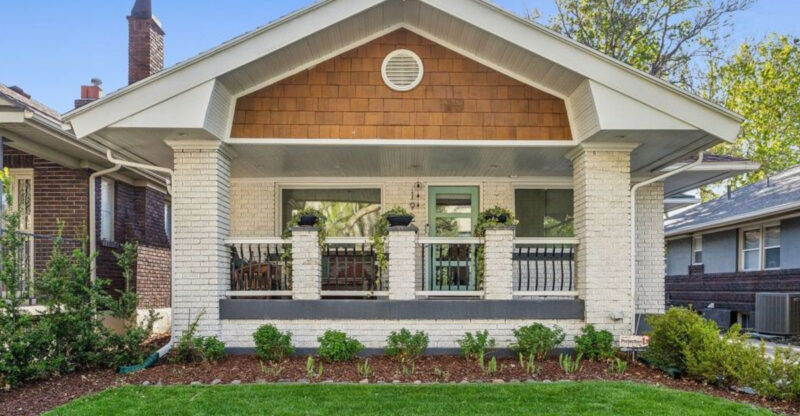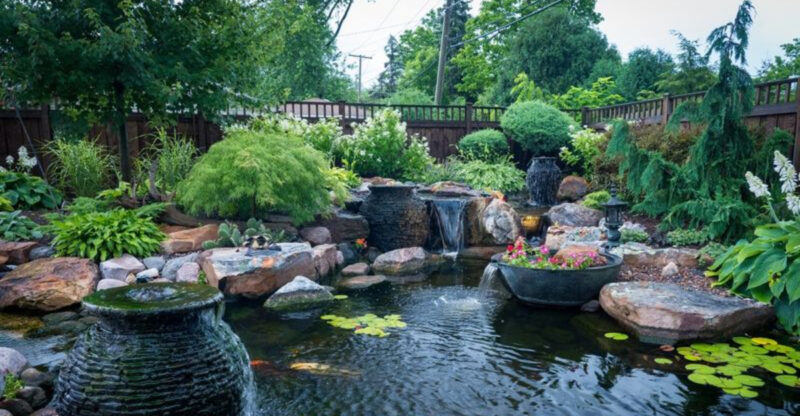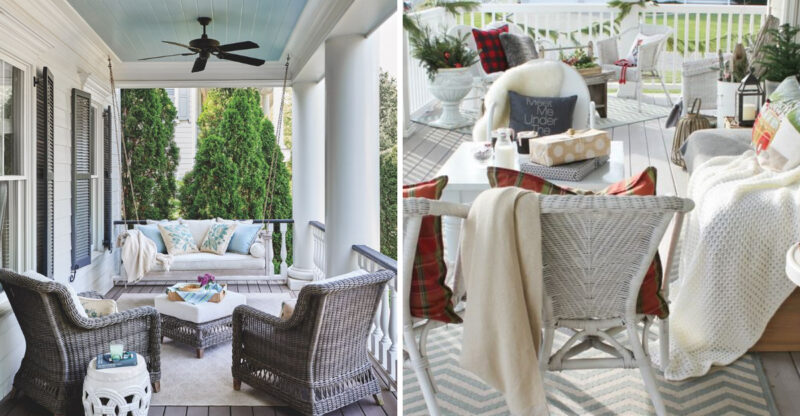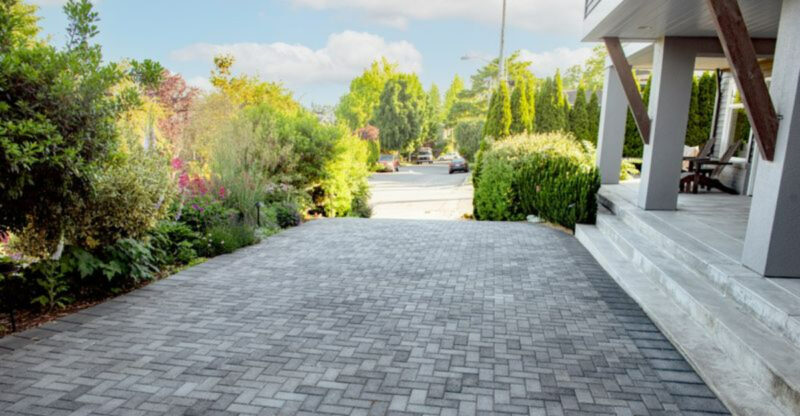9 Front Yard Looks That Speak To North Carolina’s Historic Roots
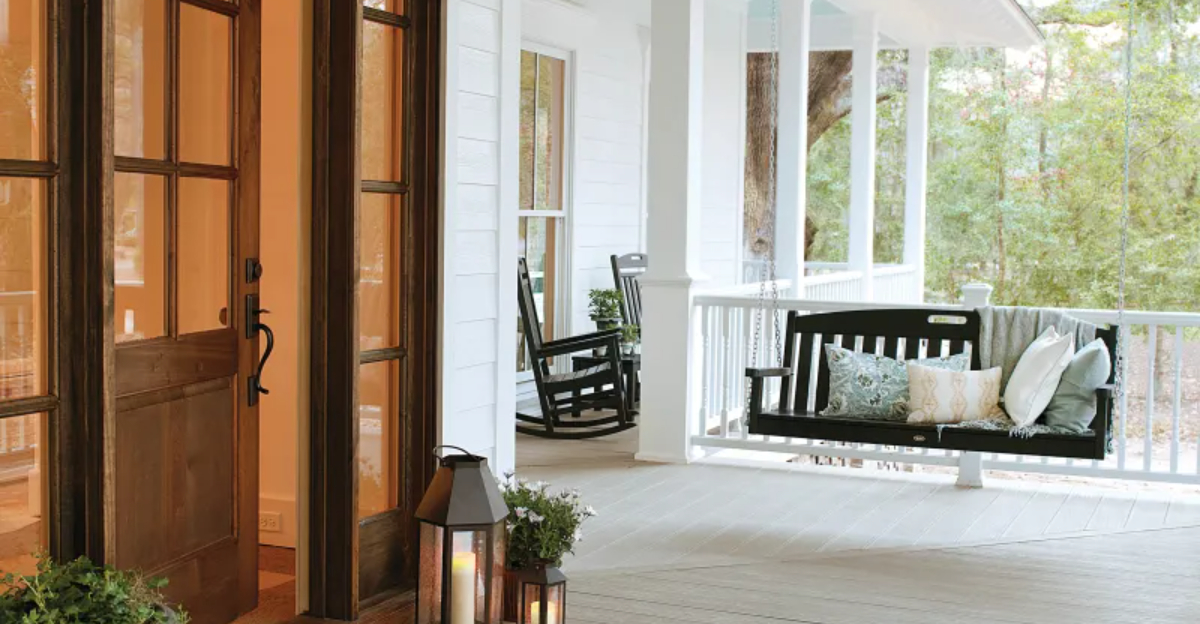
North Carolina’s historic homes don’t just preserve the past they proudly display it, starting right in the front yard.
From time-honored plantings to classic architectural details, these outdoor spaces reflect a legacy of Southern charm, hospitality, and thoughtful design.
Whether you’re restoring an old gem or simply love the look of tradition, these nine distinctive yard features capture the essence of North Carolina’s heritage and bring a touch of timeless beauty to today’s homes.
1. Brick Walkways with Herringbone Pattern
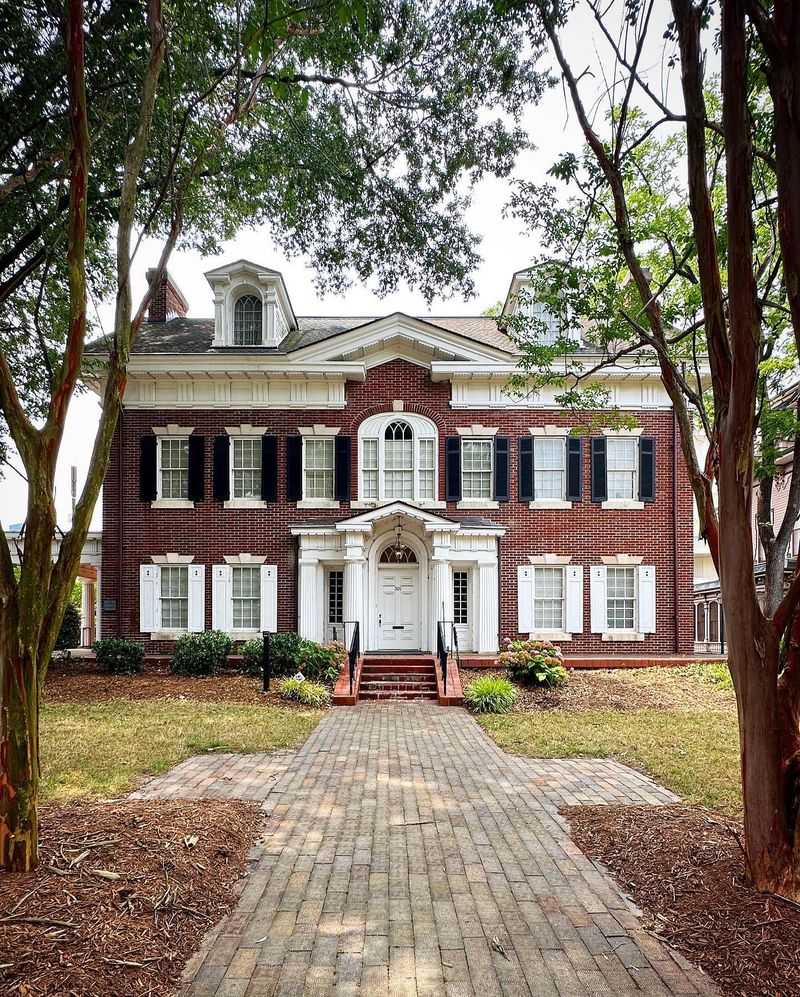
Walking up a herringbone brick path feels like stepping back in time to colonial Wilmington or Edenton. The distinctive zigzag pattern wasn’t just decorative it created a stronger surface that prevented bricks from shifting underfoot during Carolina’s notorious summer downpours.
Local clay bricks, often handmade with subtle color variations, add authenticity that modern pavers can’t match. I’ve noticed these pathways typically lead straight to the front door, emphasizing the direct hospitality that’s been a hallmark of North Carolina homes for centuries.
For maximum historic appeal, edge your brick walkway with boxwood or lavender, mirroring the kitchen gardens that once lined paths to early Carolina homes.
2. White Picket or Wrought Iron Fences
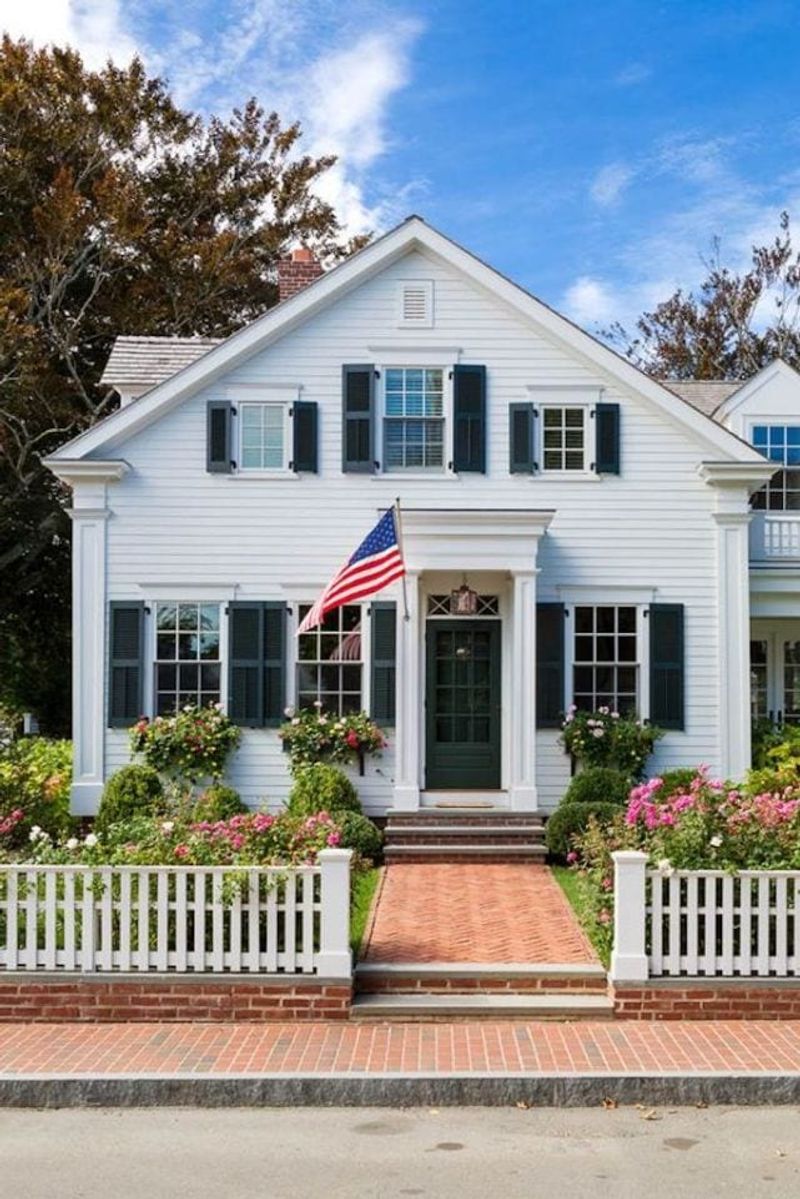
Did you know the humble white picket fence has symbolized American prosperity since colonial times? In North Carolina’s historic districts from Beaufort to Salem, these fences weren’t just decorative they kept wandering livestock away from prized gardens and defined property boundaries with understated elegance.
Wrought iron alternatives emerged later, especially in towns like New Bern and Wilmington, where wealthy merchants showcased their success through ornate metalwork. The distinctive patterns often included local motifs like pinecones or dogwood blossoms.
When choosing between these classic boundaries for your own home, consider your neighborhood’s specific history coastal areas favored simpler designs while inland communities often displayed more elaborate craftsmanship.
3. Classic Wraparound Porches with Columns
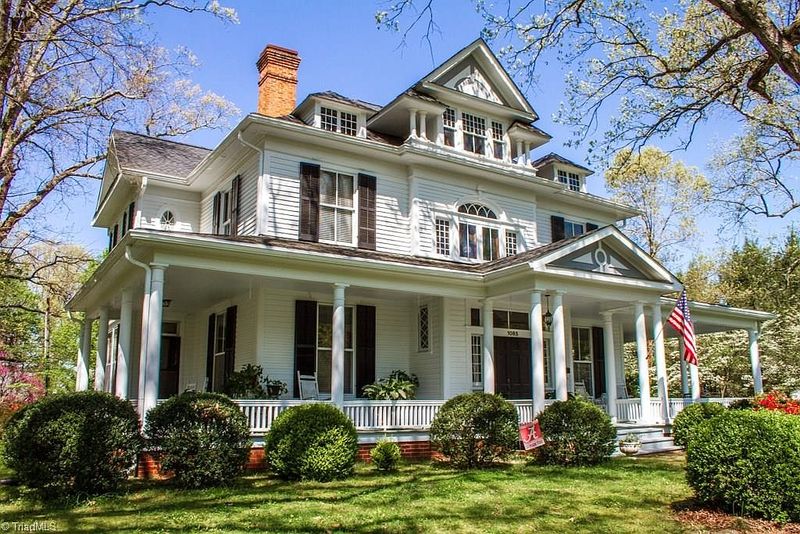
Graceful columns supporting broad wraparound porches aren’t just architectural showpieces they’re practical responses to North Carolina’s humid summers. Before air conditioning, these shaded outdoor rooms provided essential cooling while creating space for socializing with neighbors and watching street activity.
The column styles tell stories about when homes were built. Doric columns suggest earlier Federal-style influences, while Corinthian details point to Victorian-era embellishments. I’ve restored several historic porches and found that maintaining authentic proportions matters more than elaborate details.
If you’re renovating a historic porch, consider period-appropriate ceiling colors like haint blue a soft blue-green shade traditionally believed to ward off evil spirits, but practically discouraging wasps from building nests.
4. Boxwood Hedges and Formal Garden Borders
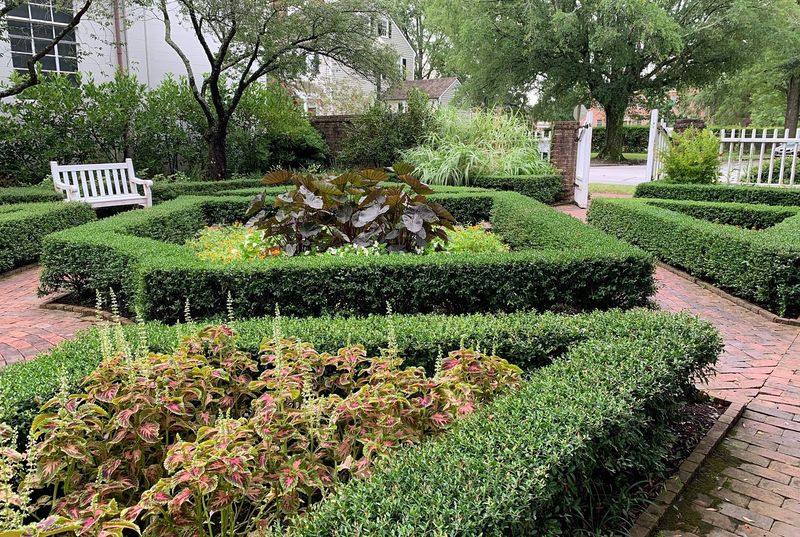
Symmetrical boxwood hedges frame historic North Carolina properties with living architecture that connects directly to European garden traditions brought by early settlers. These evergreen borders provide structure throughout harsh winters and scorching summers, maintaining formal elegance year-round.
When I visited the Tryon Palace gardens in New Bern, the groundskeeper explained how these hedges originally displayed wealth—maintaining precisely trimmed plants required dedicated gardeners in an era before power tools.
Many historic properties featured knot gardens where boxwoods created intricate geometric patterns filled with herbs and flowers. For an authentic touch in your own yard, consider dwarf boxwood varieties like ‘Morris Midget’ that maintain historic proportions without overwhelming smaller modern lots.
5. Gas-style Lanterns or Carriage Lights
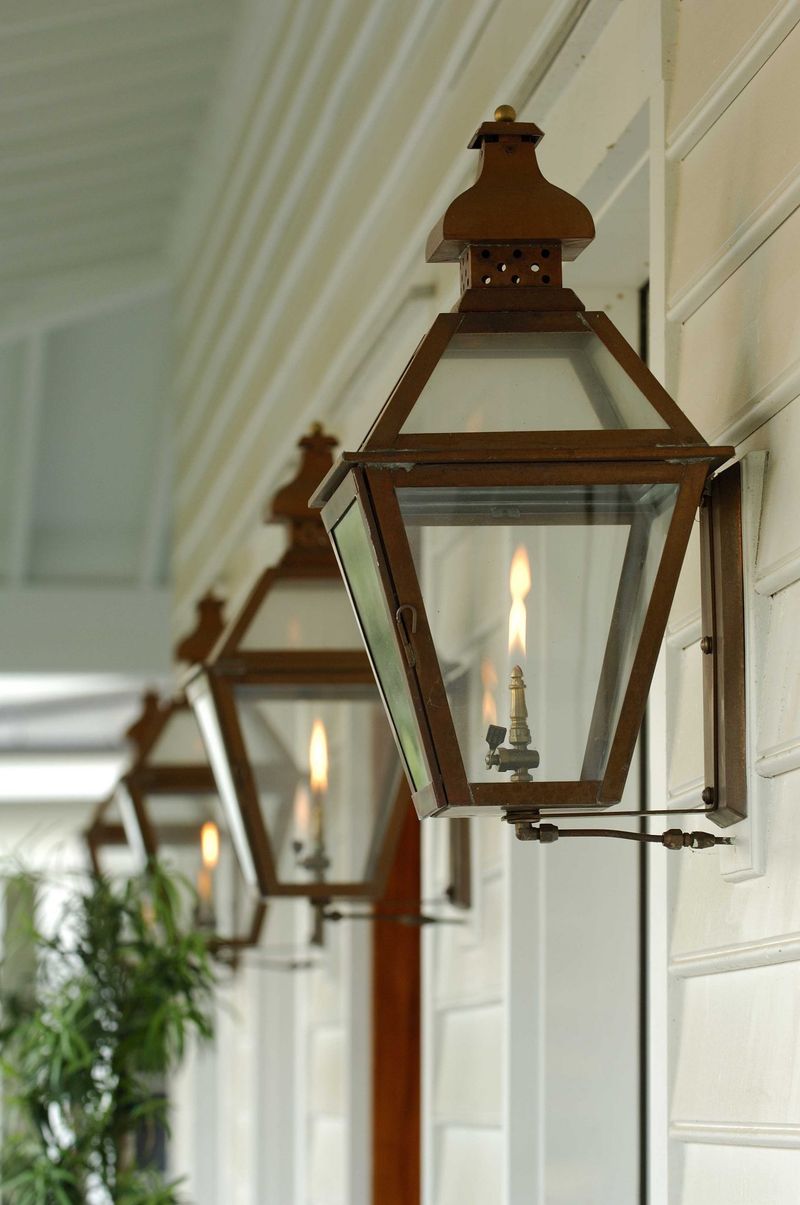
Flickering gas lanterns once guided visitors to North Carolina homes before electricity reached the state. Today’s electric versions maintain that warm, dancing light effect while honoring this practical tradition. Charleston-style copper lanterns particularly reflect coastal Carolina heritage, developing distinctive verdigris patinas over time.
It’s fascinating how these fixtures evolved early designs were purely functional with clear glass, while Victorian-era homes showcased colorful stained glass panels that filtered light onto walkways. Many historic neighborhoods actually mandate period-appropriate lighting to maintain authentic streetscapes.
When selecting lanterns for your historic property, consider mounting height carefully. Authentic placements typically positioned lights at 5’6″ to 6′ above walkways noticeably lower than modern standards but perfectly suited to illuminate paths for visitors on foot rather than in vehicles.
6. Magnolia Trees and Crepe Myrtles
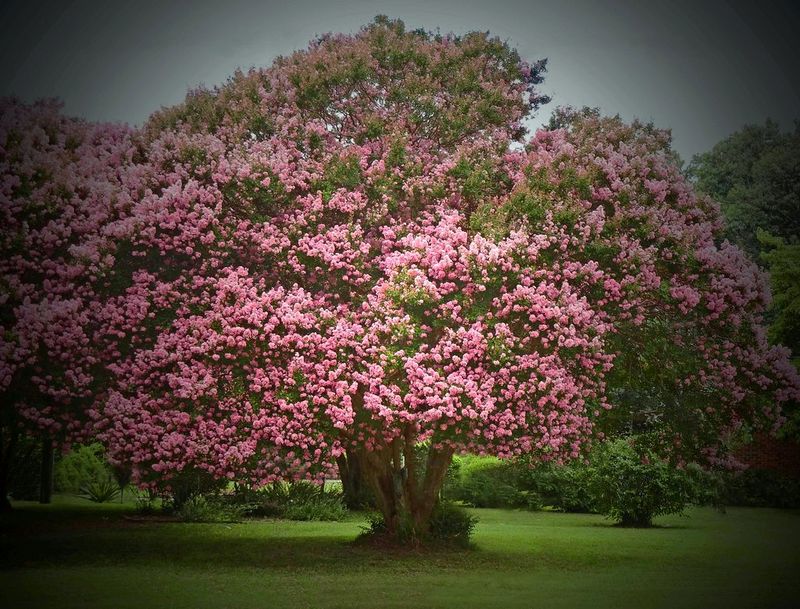
Stately southern magnolias stand as living monuments in historic North Carolina yards, their massive glossy leaves and fragrant white blossoms unchanged since they shaded colonial gardens. These native trees often marked property corners or framed home entrances, their positions carefully planned despite their eventual enormous size.
Crepe myrtles arrived later but quickly became signature plants throughout the state. Their smooth, mottled bark creates winter interest while summer blooms in white, pink, or deep crimson provide months of color.
Many historic properties feature century-old specimens with twisted, sculptural trunks that modern nursery plants won’t develop for decades. If you’re restoring a historic landscape, research your specific region’s planting traditions coastal areas favored different varieties than Piedmont or mountain communities.
7. Rocking Chairs and Porch Swings
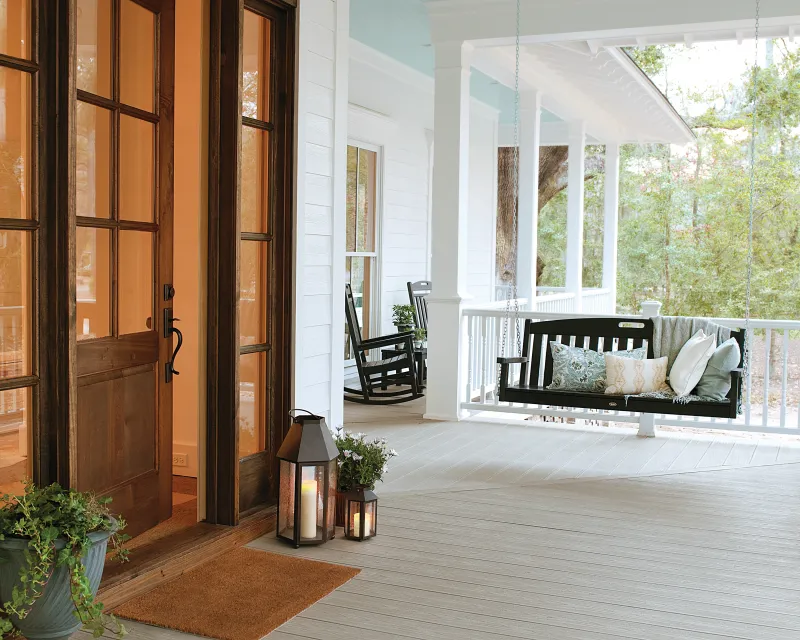
Long before social media, North Carolinians connected with their communities from porch rocking chairs and swings. These weren’t just furniture pieces but communication hubs where neighbors exchanged news and families gathered after dinner to catch evening breezes.
The Kennedy rocker with its distinctive spindle back has deep North Carolina roots, originating in the state’s furniture-making traditions. Hand-woven cane seats proved remarkably durable in humid conditions while allowing air circulation on hot summer days.
Many historic homes featured porch swings hung precisely at depths that kept them swinging under the porch roof even during sudden summer thunderstorms. When choosing rockers for your own porch, consider traditional proportions historic chairs typically sat lower to the ground than modern versions, creating more relaxed postures for extended conversations.
8. Traditional Shutters in Heritage Colors
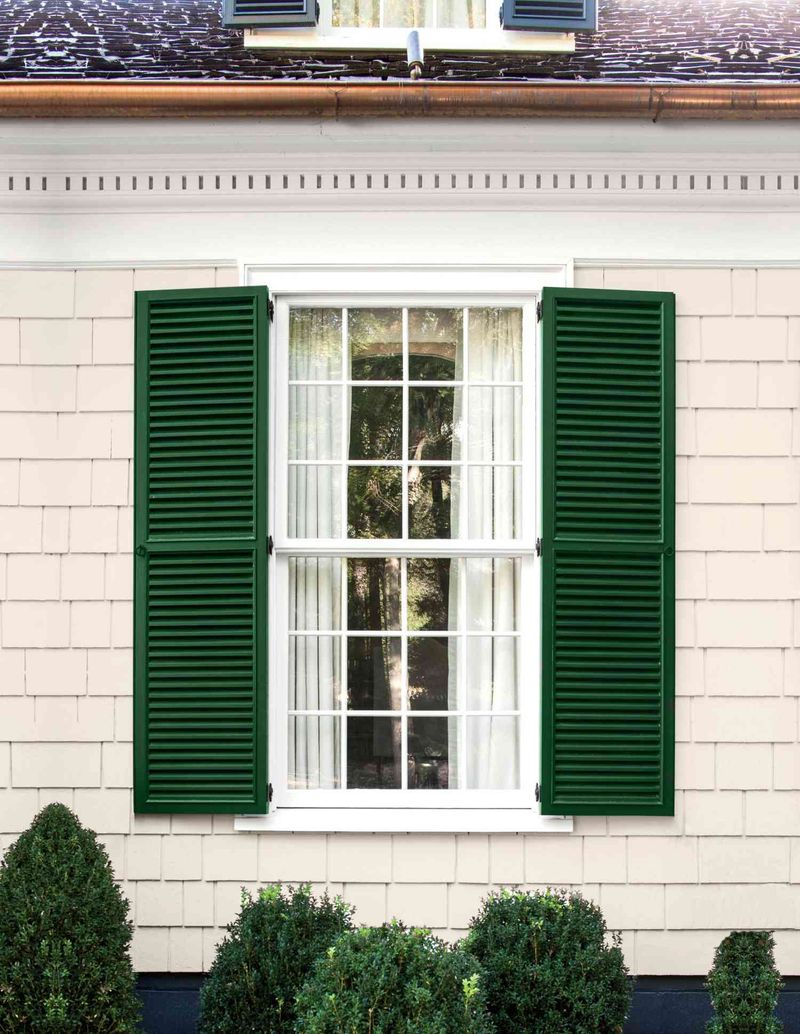
Functional shutters protected North Carolina homes long before storm windows existed. Unlike today’s decorative versions, historic shutters actually closed during storms or intense summer heat, with operable hardware still visible on many preserved homes. The colors tell fascinating stories about a home’s era and the owner’s status.
Williamsburg green signaled prosperity in colonial times when green pigments were expensive imports. Charleston green so dark it almost appears black emerged after the Civil War when residents mixed leftover black paint with whatever colors were available.
If your home has shutters, consider researching historically accurate colors for its specific period. Hardware matters too authentic shutter dogs (the brackets holding shutters open) often featured regional designs like pine cones or tobacco leaves that connected to local industries.
9. Historic Home Plaques and Markers
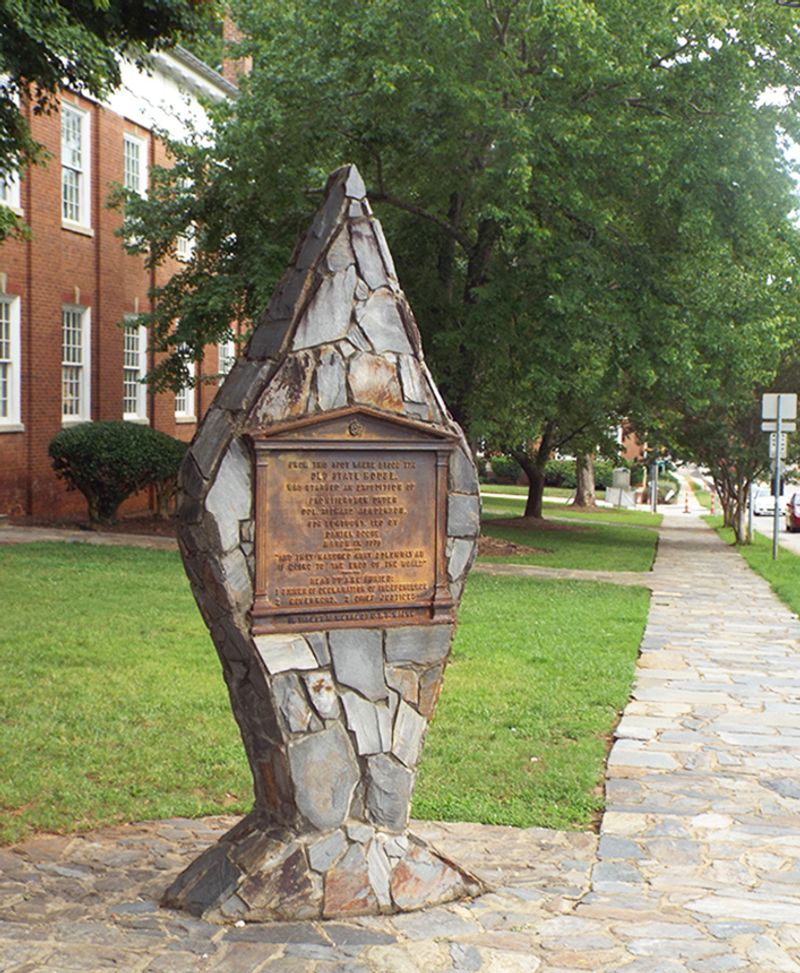
Bronze or cast iron markers transform ordinary houses into storytelling landmarks. These plaques connect modern residents to their home’s original owners, construction dates, and sometimes surprising historical events that unfolded on the property.
When I restored my 1890s Durham home, researching for a historic marker revealed it was built by a tobacco warehouse manager during the city’s economic boom. Many North Carolina communities offer heritage programs that provide official markers after verifying a home’s history through deed research and architectural evaluation.
Beyond official plaques, some historic properties feature cornerstone dates, builders’ marks in foundation stones, or even handprints in attic plaster tangible connections to the craftspeople who created these enduring structures. These small details create powerful connections between past and present residents.

